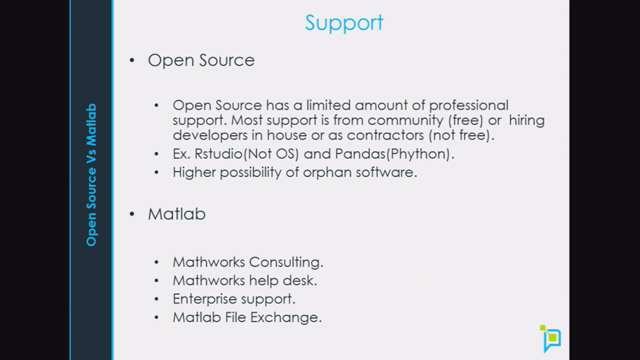Seismic Analysis with Wavelets and Deep Learning | MATLAB Oil and Gas Conference 2019
From the series: MATLAB Oil and Gas Conference 2019
Seismic reflection analysis is the most common method to obtain subsurface information for reservoir characterization. However, seismic reflection is often distorted by complex salt bodies and other geological structures and its vertical resolution is often of the order of dozens of meters. In addition, analyzing large amounts of seismic data is a computationally challenging and time-consuming task. To circumvent these challenges, in this work, we present an approach using wavelets and deep learning to accelerate seismic analysis tasks.
While considerable attention has already been focused on the use of wavelet transforms for seismic data compression, we combine it with deep learning to address the problem of distortion of seismic data. The field studies were done on seismic data from Antarctica, and we could clearly identify the interfaces between ice sheet and bed rock. Our recent results have demonstrated that wavelets combined with deep learning can distinguish among different facies, helping the interpreter to process new seismic images. The great advantage of this method over using just deep learning is the reduction in the amount of labeled data needed for training. We also present very quick-to-prototype algorithms in MATLAB® that can classify parts of the image with high accuracy. The final part of this work includes deploying this deep learning network on a GPU to perform the facies recognition real time on a stand-alone embedded hardware.
Published: 3 Jan 2020

